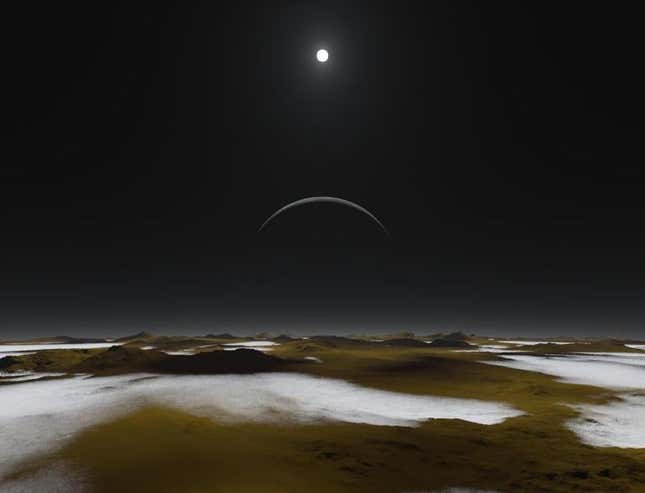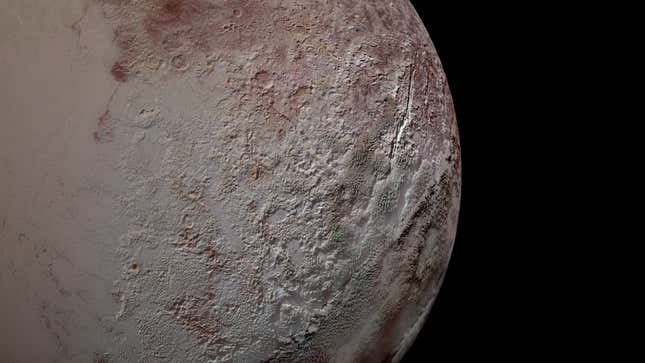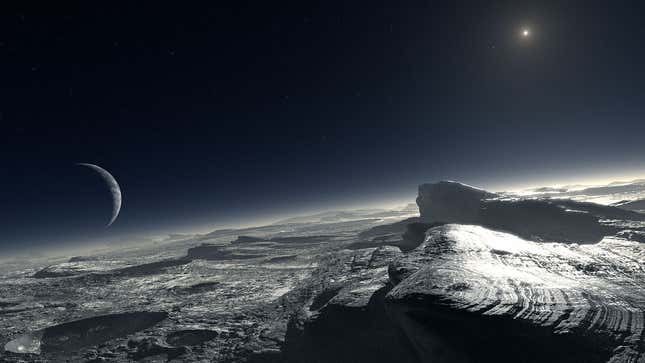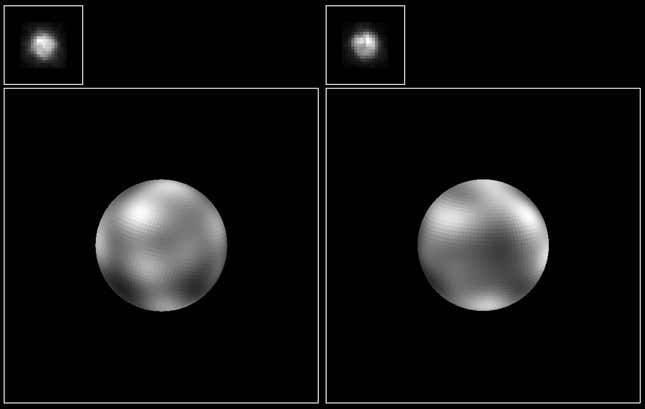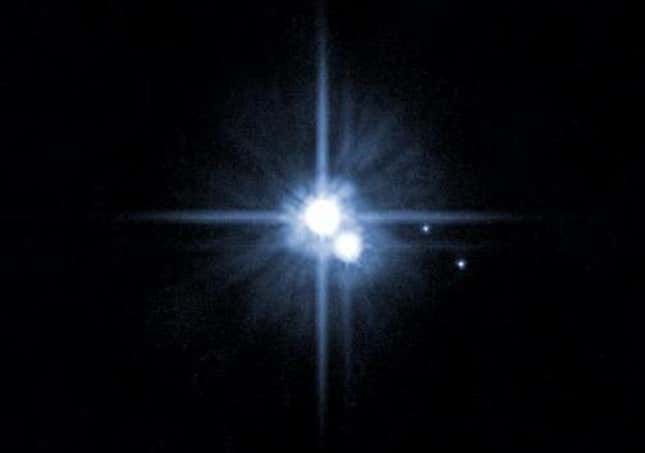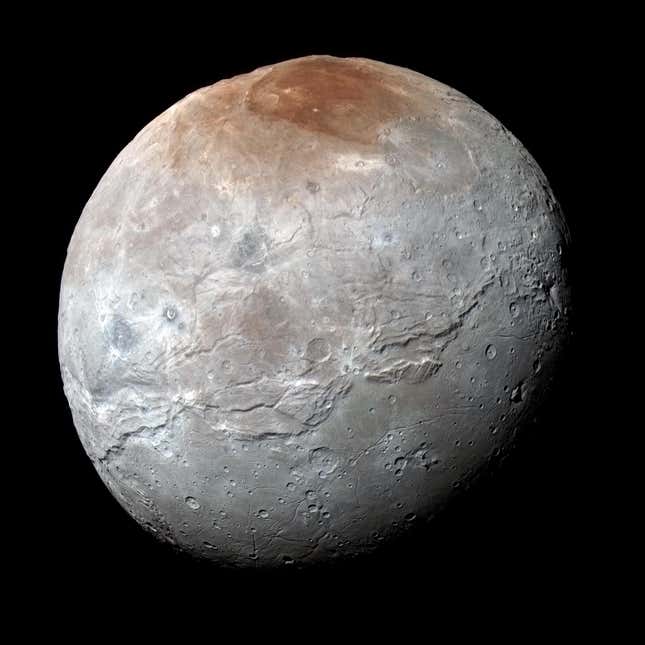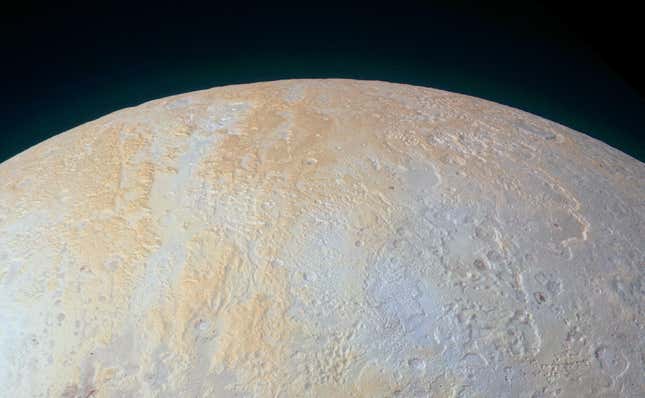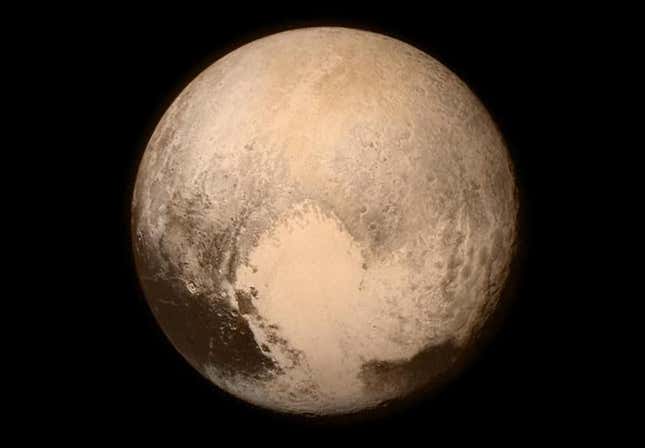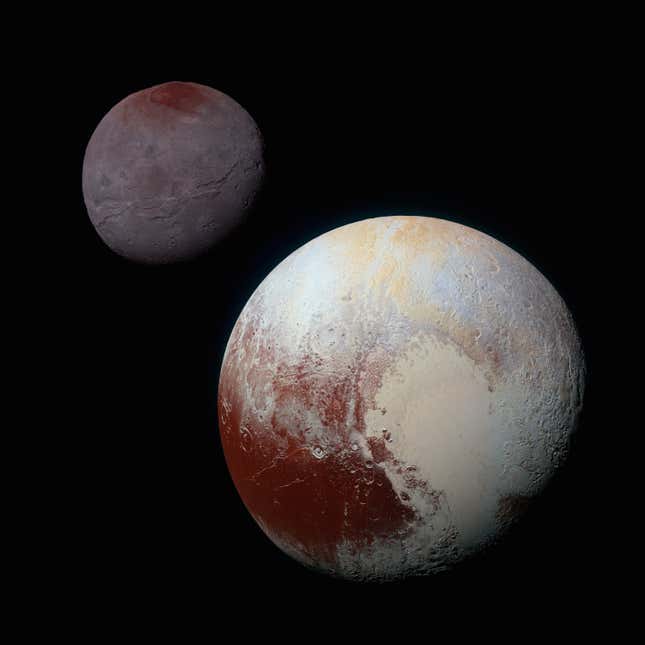
It’s been 91 years since amateur astronomer Clyde Tombaugh first spotted Pluto on a set of glass negatives. Since then, the object has been declared a planet, named, and, of course, demoted to a dwarf planet in 2006. Whatever its status, our fascination with Pluto has held fast. But until very recently, we didn’t have any clear images of the distant object, which is so far from the Sun that it hasn’t completed half of its orbit since it was discovered. When NASA’s New Horizons spacecraft visited Pluto in 2015, it captured never-before-seen details of the dwarf planet’s terrain and coloration, fundamentally changing our view of this little world.
Before then, artists created renderings of Pluto based on the best science available. As it turned out, many of those illustrations were on the right track. Here, we’re showcasing some of those earlier visions of Pluto and how they compare to the 2015 photoshoot.
